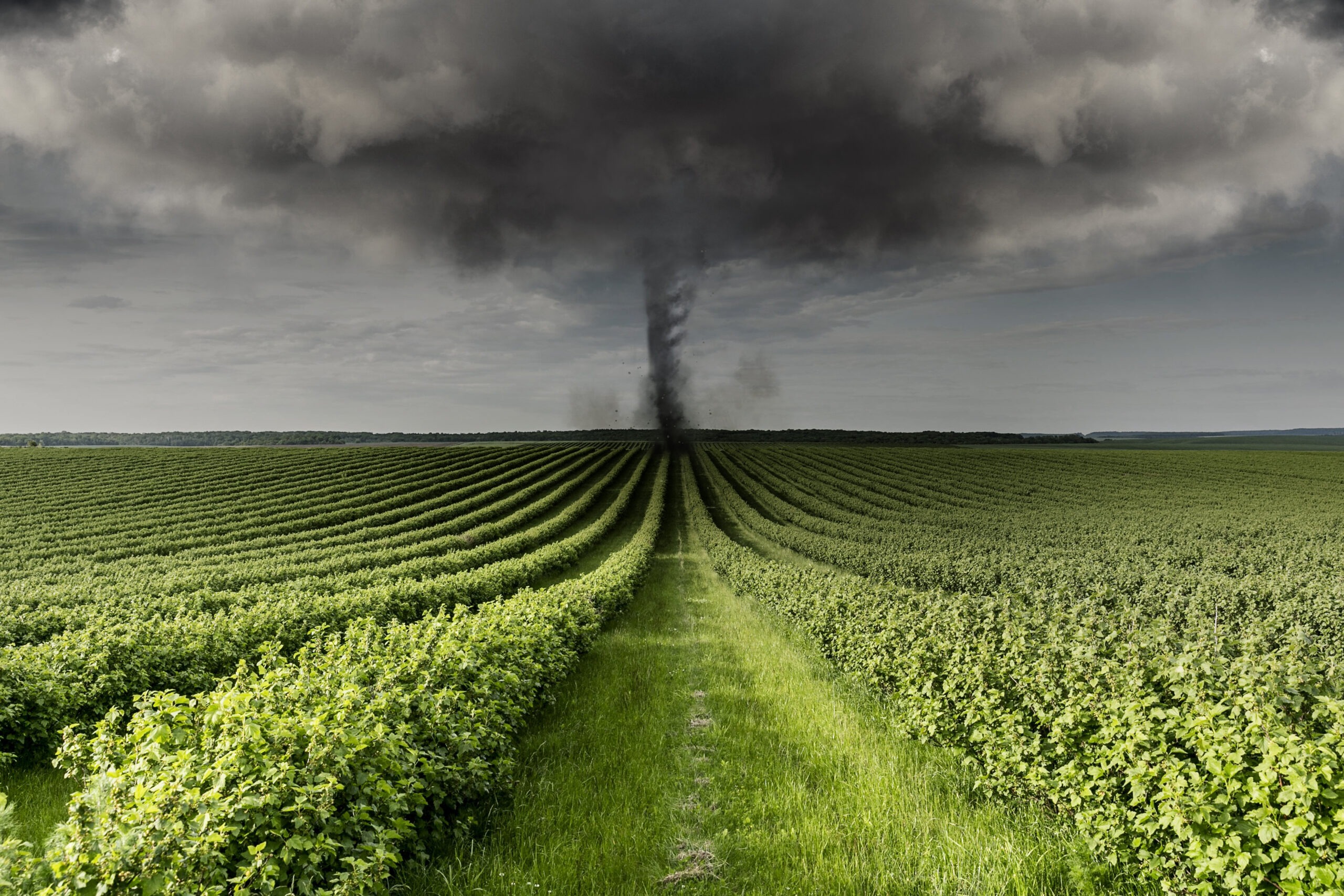
Staying safe during a tornado is paramount, as tornadoes can be highly destructive and life-threatening. During this extreme weather event, people face hazards from being struck by hurtling objects or getting caught in high winds. In this guide, you’ll learn how to stay safe during a tornado, what you need to prepare, where to go in a tornado, and you will know the necessary steps before, during, and after a tornado.
Implementing Safety Measures Before a Tornado
You can often have enough time to prepare for the incoming storm. It is crucial to stay informed and become abreast of weather news. Monitor weather alerts and warnings from the National Weather Service (NWS) or your local meteorological authority.
Create a Safety Plan
Create a family or household tornado emergency plan. This will help you and your loved ones know what to do in a tornado. Designate the safest place during a tornado or a safe meeting place within your home. This can be a safe room, the basement, a storm cellar, or a small, windowless interior room on the lowest floor.
Ensure all family members know the safe spot and how to get there quickly. You can perform routine drills so your family knows how to stay safe during a tornado and how to get to your safe room quickly.
Prepare An Emergency Kit
Consider preparing an emergency kit with all essential supplies lasting at least 72 hours. It can take around three days for help from emergency services to get to a tornado-stricken area.
Your 72-hour kit should include non-perishable food, water, flashlight, batteries, a first-aid kit, essential documents, and necessary medications. All these items should be stored in an easy-to-carry bag, which you can bring in case you have to evacuate. Ensure everyone knows where this kit is kept and have enough kits in your safe room, one for each family member.
Communication
Establish communication methods to stay in contact with family members during a tornado and other severe weather events. Have a battery-powered weather radio or a NOAA Weather Radio to receive updates. Many cell phone carriers may be down during weather incidents. For this reason, it is best to use other equipment, such as two-way radios. In addition, make sure family members know where to go in a tornado.
Secure Your Home
According to the National Oceanic and Atmospheric Administration (NOAA), around 1,000 tornadoes occur in the country each year on average. In 2022, these extreme weather events caused $700 million in crop and property damage.
Homeowners can prevent such losses by reinforcing a home’s structural integrity by installing storm shutters or reinforcing windows and doors. In addition, you can anchor outdoor objects that could become projectiles during high winds.
What to do in a Tornado?
The CDC recommends taking shelter immediately in a tornado or hurricane. Family members must know what to do in a tornado. Tornado warnings will be issued once one is detected by radar or sighted by specialists. It is crucial to stay up-to-date by tuning in to the NOAA weather radio for updates.
Take Shelter
After a tornado warning is issued in your area, it is crucial to take immediate action. Take shelter in your safe room or other designated safe place. Your safe room is considered the safest place during a tornado. Cover yourself with mattresses, heavy blankets, and other protective materials. Make sure you have enough supplies in your safe room for everyone inside. Don’t stay in mobile homes or vehicles when a tornado strikes. Seek more secure shelter immediately.
Don’t Venture Out
Do not attempt to watch the tornado as it passes over your home or even from a distance. Tornadoes can change direction rapidly, and flying debris can be hurled in your path without you knowing.
Install Well-Designed Safe Rooms
Remember that tornadoes can strike with little warning, so being prepared and having a plan is essential to staying safe. A safe room in your home provides the necessary protection during these catastrophic events.
Lone Star Safe Rooms provide above-ground shelters that can be incorporated into new construction or older homes. Our shelters are designed to exceed FEMA’s safety requirements. Contact our specialists today to learn more.